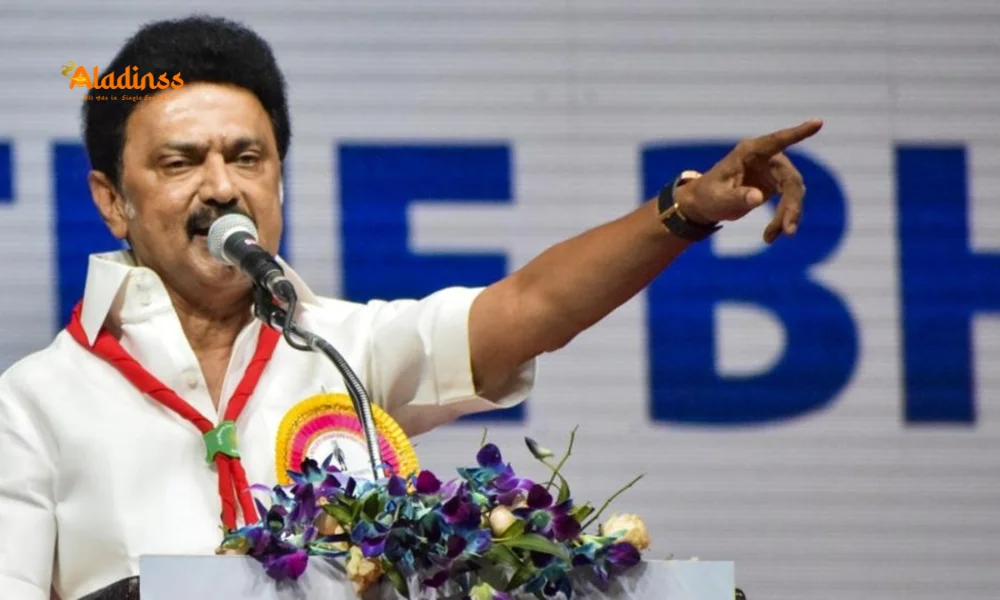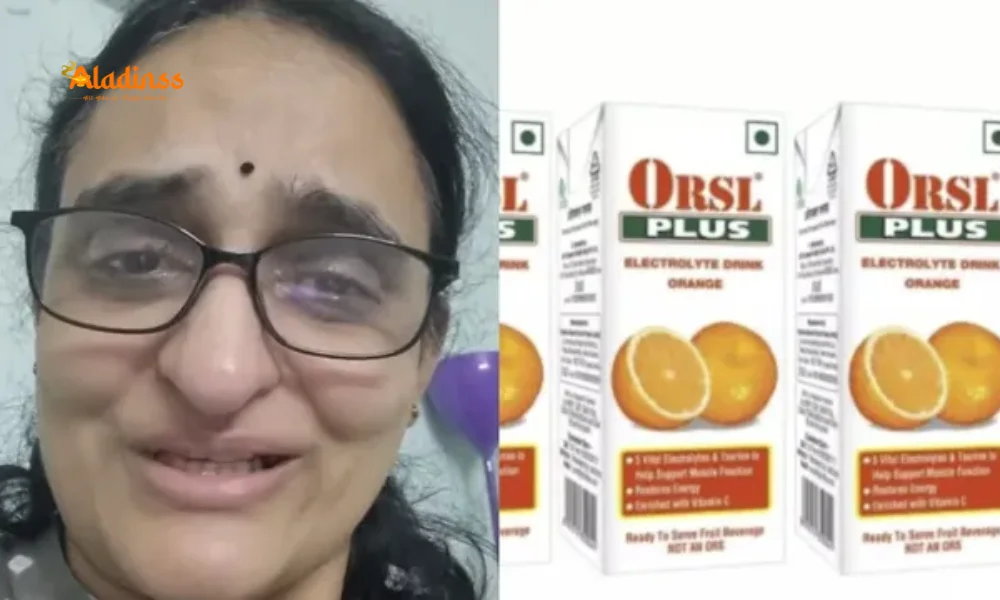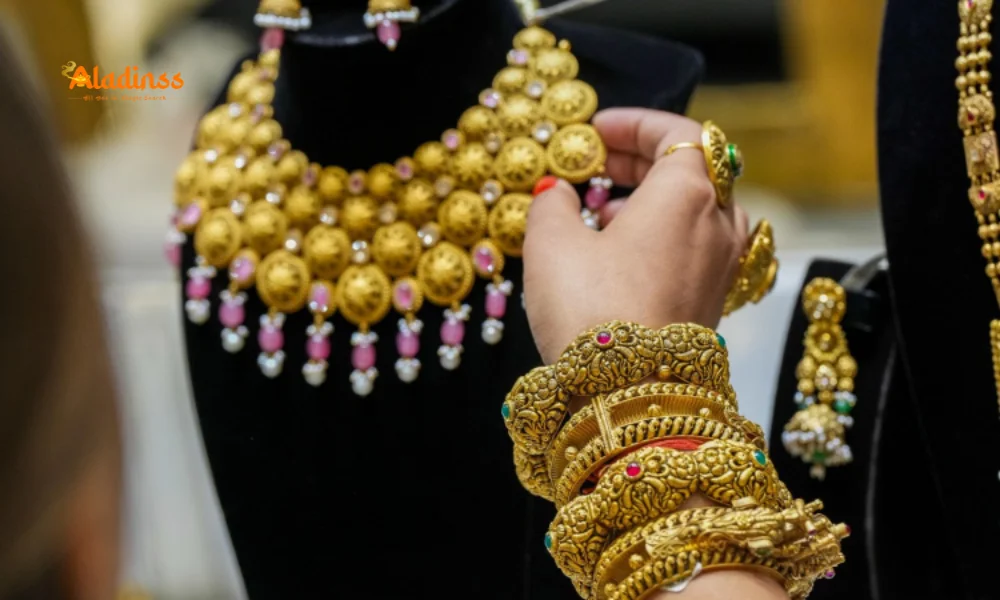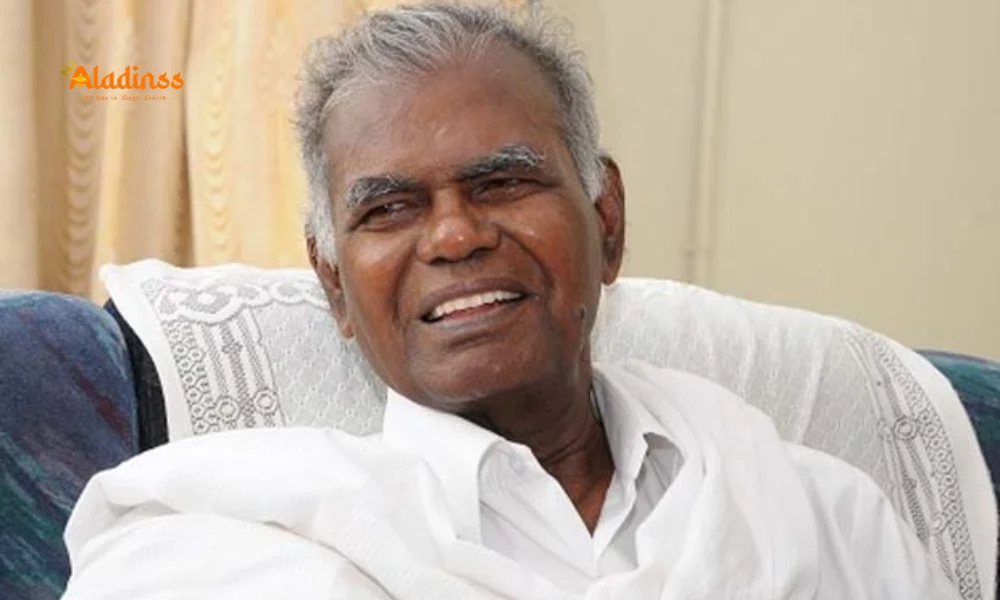Gold Rate Today: New Highs Shock Jewelry Lovers in India
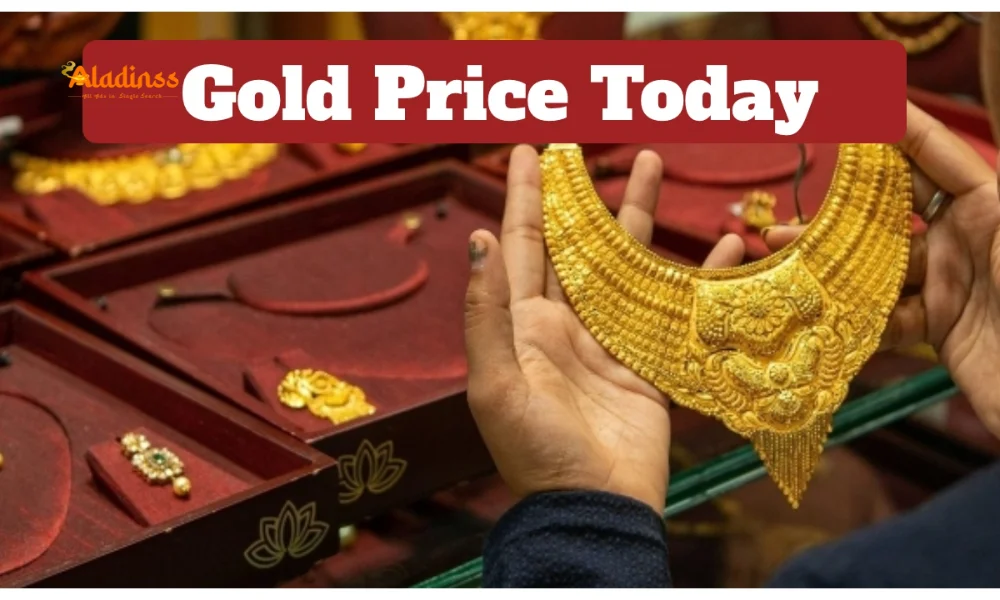
Gold Rate Today: New Highs Shock Jewelry Lovers in India
Gold prices in India have reached unprecedented levels, leaving jewelry lovers and investors stunned as the precious metal continues its upward trajectory. As of August 30, 2025, the price of 22-karat gold has surged by Rs. 85 per gram, reaching Rs. 9,620 per gram, while a sovereign (8 grams) now costs Rs. 76,960, up by Rs. 680. Similarly, 18-karat gold and silver prices have also seen significant increases, reflecting a volatile yet bullish market. This article delves into the current gold price situation, recent trends, and the factors driving these record-breaking highs.
Recent Gold Price Trends in August 2025
The gold market in India has been a rollercoaster since the beginning of August 2025. On August 6, gold prices crossed the Rs. 75,000 per sovereign mark for the first time, reaching a peak of Rs. 75,760 per sovereign on August 8, setting an all-time high. However, this was followed by a decline that lasted over 10 days, offering a brief respite to buyers. Over the past four days, prices have surged again, hitting new highs and catching the attention of jewelry enthusiasts and investors alike.
On August 29, the price of gold fluctuated twice within a single day, with a sharp increase of Rs. 130 per gram. By the end of the day, one gram of 22-karat gold was priced at Rs. 9,535, and one sovereign at Rs. 76,280. The upward trend continued into August 30, with 22-karat gold rising by Rs. 85 per gram to Rs. 9,620 and a sovereign increasing by Rs. 680 to Rs. 76,960. These rapid price hikes have left jewelry lovers shocked, as the cost of gold continues to soar.

18-Karat Gold and Silver Prices Surge
Alongside 22-karat gold, the price of 18-karat gold has also seen a significant rise. On August 30, 18-karat gold increased by Rs. 60 per gram to Rs. 7,955, with a sovereign (8 grams) now priced at Rs. 63,640, up by Rs. 480. This increase reflects the broader trend of rising precious metal prices, driven by global and domestic market dynamics.
Silver, often considered a more affordable alternative to gold, has not been spared from the price surge. On August 30, the price of silver rose sharply by Rs. 3 per gram, reaching Rs. 134 per gram. For those purchasing larger quantities, a kilogram of silver is now priced at Rs. 1,34,000. The simultaneous rise in gold and silver prices has created a challenging environment for buyers, particularly those planning purchases for jewelry or investments.
Factors Driving the Gold Price Surge
The recent surge in gold prices can be attributed to a combination of global and domestic factors. Globally, gold is considered a safe-haven asset, and its price often rises during times of economic uncertainty, geopolitical tensions, or inflation. The ongoing fluctuations in international markets, coupled with central banks’ increased gold purchases, have contributed to the upward trend in gold prices. In India, the demand for gold remains high due to cultural and investment purposes, further driving prices upward.
The Indian Bullion and Jewellers Association (IBJA) plays a key role in determining gold prices in India, factoring in international gold rates, currency exchange rates, import duties, and local taxes. The current import duty on gold stands at 12.5%, and a 3% Goods and Services Tax (GST) is levied on physical gold purchases. These additional costs, combined with high demand, have contributed to the record-breaking prices observed in August 2025.
Impact on Jewelry Lovers
The sharp increase in gold prices has left jewelry lovers in India reeling, as the cost of purchasing gold jewelry has become prohibitively expensive for many. Gold holds immense cultural significance in India, particularly for weddings and festivals, where it is considered an auspicious purchase. However, the current price levels have forced many buyers to reconsider their plans, opting for smaller pieces or delaying purchases in hopes of a price correction.
The rising cost of gold also affects the jewelry industry, as retailers face challenges in maintaining sales volumes. Making charges, which vary depending on the design and craftsmanship, add to the overall cost, further impacting affordability. Consumers are advised to verify the purity of gold through hallmarking, which ensures the quality and legality of their purchases, especially at these elevated price points.
Silver’s Role in the Precious Metals Market
While gold often dominates headlines, the sharp rise in silver prices is equally noteworthy. Silver’s affordability compared to gold makes it a popular choice for jewelry and industrial applications. The price increase to Rs. 134 per gram and Rs. 1,34,000 per kilogram reflects growing demand and market dynamics similar to those affecting gold. Investors and consumers looking for alternatives to gold may find silver an attractive option, though its rising cost presents its own challenges.
The surge in silver prices is driven by factors such as industrial demand, particularly in electronics and renewable energy sectors, as well as its role as a hedge against inflation. As with gold, silver prices are influenced by global market trends and currency fluctuations, making it a volatile yet potentially rewarding investment for those willing to navigate the risks.
Investment Opportunities Amid Rising Prices
Despite the shock for jewelry lovers, the rising gold and silver prices present opportunities for investors. Gold’s reputation as a safe-haven asset makes it a popular choice during economic uncertainty, and the current price surge has attracted attention from both retail and institutional investors. Options such as gold coins, bars, and exchange-traded funds (ETFs) provide alternatives to physical jewelry, offering liquidity and ease of trading.
Digital gold, traded on platforms like the Multi Commodity Exchange (MCX), has also gained popularity as a convenient investment option. Unlike physical gold, digital gold eliminates storage and security concerns, making it an attractive choice for modern investors. However, investors are advised to conduct thorough research and consult with financial advisors before entering the volatile precious metals market.
What Lies Ahead for Gold Prices?
The outlook for gold prices remains uncertain, with analysts predicting continued volatility in the near term. Factors such as global economic conditions, central bank policies, and currency fluctuations will play a significant role in determining future trends. In India, the upcoming festive season, including Diwali and the wedding season, is likely to drive demand for gold, potentially pushing prices even higher.
Consumers planning to purchase gold jewelry are advised to monitor price trends closely and consider buying during dips to maximize value. For investors, diversifying portfolios with a mix of physical and digital gold, as well as other assets, can help mitigate risks associated with price fluctuations. Staying informed through reliable sources and consulting with jewelers for accurate pricing will be crucial in navigating the current market.
Comment / Reply From
No comments yet. Be the first to comment!
